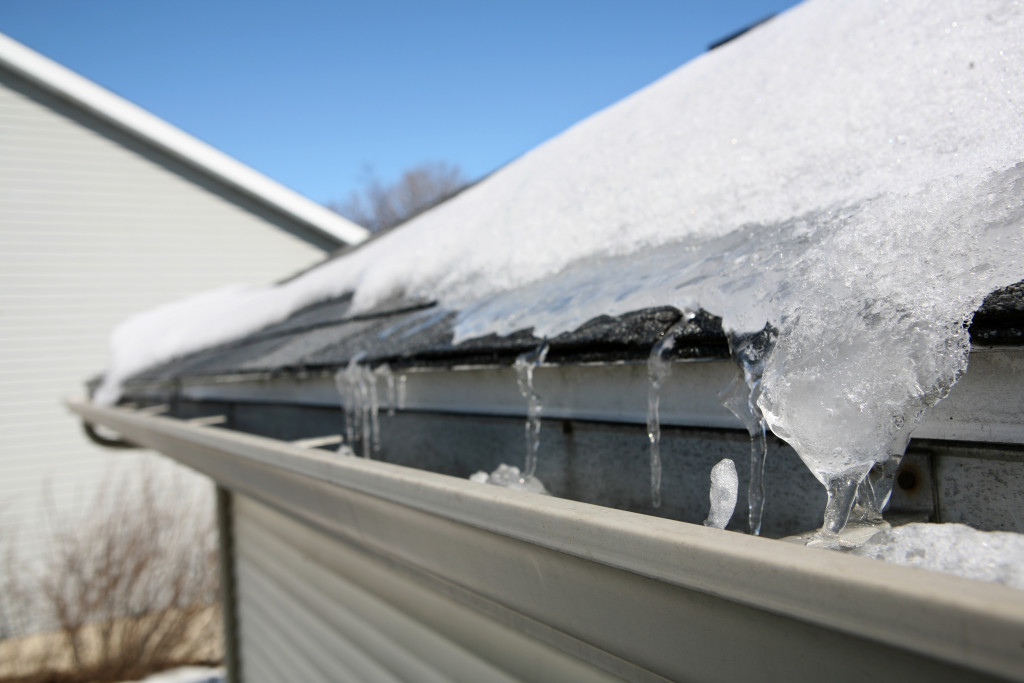An article published by ABC News reported that February recorded the coldest temperature the US had since 1989. This report is based on data gathered by the National Oceanic and Atmospheric Administration.
Temperature changes affect how we live our daily lives. The National Center for Biotechnology Information found out that weather affects people’s mobility. By tracking mobile phone users in Tokyo, NCBI found out interesting activity patterns.
Based on the study, they found out that at temperatures around −5°C to 5°C, people spend more time at food establishments and shopping areas. When temperatures drop even lower, people choose to go outside in the daytime, around ten in the morning.
For Americans, on the other hand, most prefer to travel during winter. In December 2020, CBS News reported that 84 million Americans are predicted to travel during winter. However, with COVID19 still active and potentially harmful, the Centers for Disease Control and Prevention still discourages travel. According to CDC, it’s best to stay safe at home.
Despite the warnings, most people continued with their travel plans. Some, on the other hand, followed the CDC’s advice and chose to stay home. If you have a comfortable home that can keep you warm during the cold months, staying at home isn’t that bad. The key is making a comfortable home that will help you endure the cold season.
Building a winter-ready home
Winter is not always a wonderland. Sometimes, it’s all beautiful and sparkling white because of snow; sometimes, it becomes extreme and turns into a winter storm. CDC, therefore, provides a guide on what to do when this natural phenomenon comes.
CDC mentions that the most important step is making a plan. By making a plan ahead of time, you are ready for whatever the winter storm may bring. Part of the preparation is weatherproofing your home.
Weatherproofing your home includes insulating water lines to prevent freezing. Remember, water makes up to 60% of the human body; replenishing it inside our body is important. Insulating your water lines means having a steady supply of water during winter. Installing thermal-pane windows and repairing roof leaks are also essential. To keep you warm, make sure that you also do proper maintenance and repair to your furnace.
Even without a winter storm coming, freezing temperatures can be harsh. Therefore, it is important to create a winter-proof home. One way is to add a storm door. This can be made from wood, plastic, or other materials, as long as it serves its purpose: to add an outer layer of protection to your door. It keeps the cold air out and the warm air in.
To keep the cold air out, it is also important that your home does not have gaps or leaky spots. These are commonly found around doors and window frames. You can easily remedy these gaps through simple steps.
First, blow a dryer around suspicious doors and window frames while another person is on the opposite side holding a candle. If the candle flickers, it means there’s a gap. Quickly caulk the area where you found the gap.

Effects of winter
Protecting yourself from cold temperatures is necessary to prevent you from acquiring health problems. The most common health problems brought about by winter are colds and dry skin and eyes. But in extreme temperatures, one can experience frostbite; it can cause you to lose a part of your body.
Hypothermia is another health problem brought about by harsh winter conditions. With this disease, your body temperature suddenly drops; this hinders normal body functions. In the worst-case scenario, this can lead to heart failure and death.
Aside from these physical problems, winter affects the mental health of a person, too. One specific disorder experienced mostly during winter is seasonal affective disorder (SAD).
According to studies, SAD is a form of depression. Its symptoms include anxiety, social withdrawal, unusual tiredness, and poor concentration. Though the exact trigger of the disease isn’t known, it is linked with winter.
In winter, people are exposed to lesser sunlight. Less exposure to sunlight causes an imbalance in brain chemicals. This is the reason why most people with SAD have symptoms spanning from November to March.
Surviving winter
There are ways to overcome depression during winter. If you have SAD, try using a lightbox as light therapy. Though nothing can replace sunlight, this is a good substitute.
Also, regular exercise is necessary. Winter can prevent you from going outside, but it does not mean you have to stay sedentary. There are plenty of home workouts online; keep moving. Doing so will not only keep you physically fit, it keeps your mind healthy as well.
Lastly, stay connected. Though the pandemic may seem to add to the stress of winter, stay positive by constantly having conversations with family or friends. Doing so will keep you sane and warm inside.

